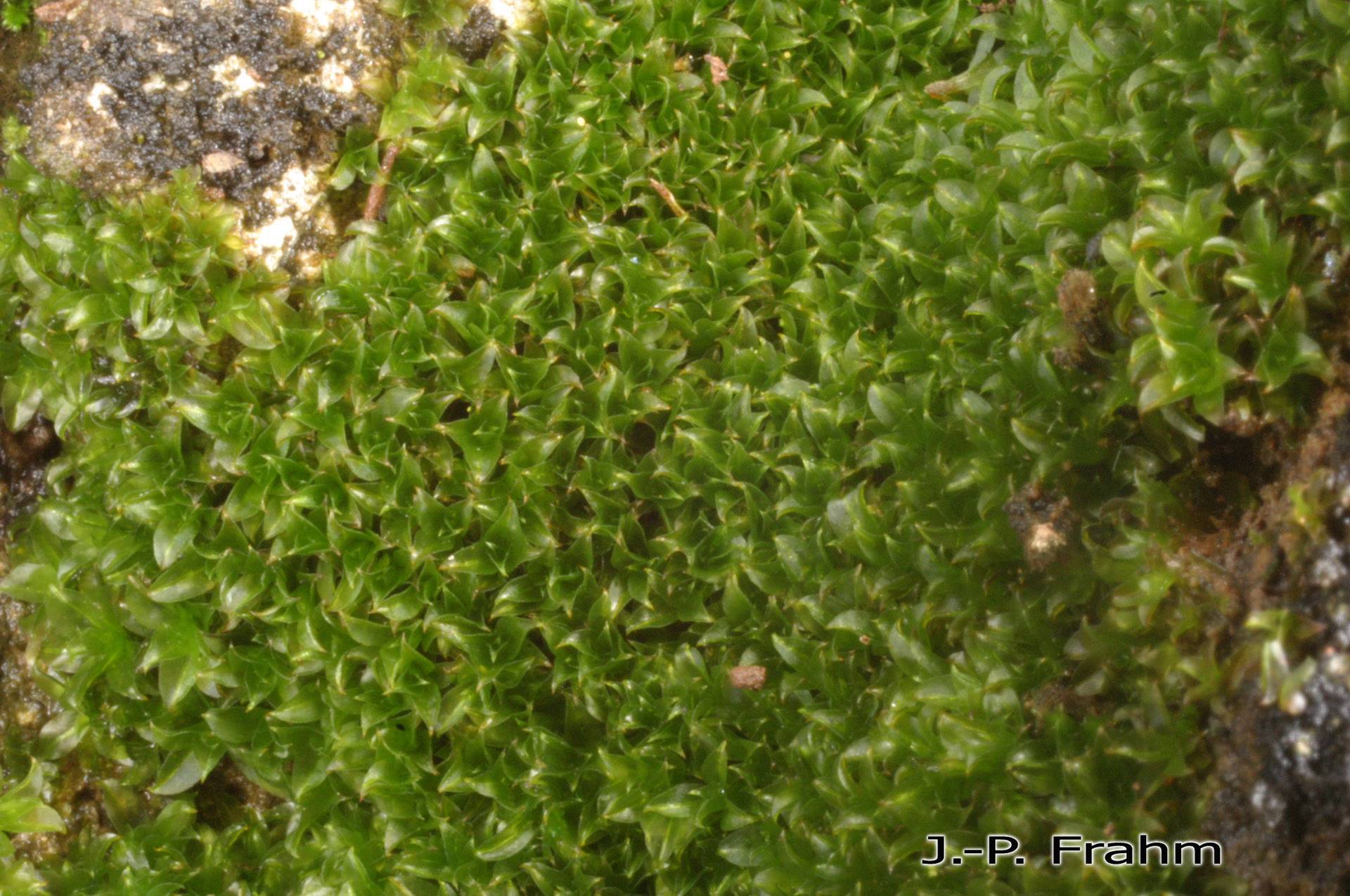
image from: https://www.researchgate.net/figure/16-Schwetschkea-pygmaea-Dozy-et-Molk-MuellHal-13-Leaves-14-Basal-part-of-leaf_fig2_326847845
Exploring the Fascinating World of Schwetschkea Moss

image from: http://azoresbioportal.uac.pt/pt/especies-dos-acores/chenia-leptophylla-11918/
Introduction
Today we’re diving into the captivating realm of Schwetschkea Müll.Hal., a unique moss species belonging to the Leskeaceae family. Also known simply as Schwetschkea, this tiny but mighty plant plays important ecological roles. Join me as we uncover the secrets of Schwetschkea moss!

image from: https://inpn.mnhn.fr/espece/cd_nom/434243
Background on Schwetschkea
Schwetschkea is a genus of mosses classified under the Bryophyta division and Bryopsida class. The Leskeaceae family it belongs to contains around 25 genera and over 200 species worldwide. Schwetschkea mosses are small but complex, exhibiting some fascinating adaptations.
Morphology and Identification
Schwetschkea mosses form dense mats with tiny, pinnately branched stems. The leaves are ovate-lanceolate, usually under 1 mm long, with a short costa. Leaf cells are short and rhomboidal. The capsules are erect and cylindrical on a short seta.
Identifying Schwetschkea requires microscopic examination of the leaf shape, costa length, and cell characteristics. However, its pinnate branching, small size, and dense growth form provide clues in the field.
Global Distribution and Habitat
Schwetschkea has a

image from: https://www.flickr.com/photos/47945928@N02/50948153257
wide distribution, found in temperate and tropical regions of the Americas, Africa, Asia, and the Pacific. It grows on various substrates including soil, rocks, tree bark, and decaying wood.
This adaptable moss inhabits

image from: https://www.researchgate.net/figure/16-Schwetschkea-pygmaea-Dozy-et-Molk-MuellHal-13-Leaves-14-Basal-part-of-leaf_fig2_326847845
forests, woodlands, and riparian zones. It tolerates low to moderate light and prefers humid microclimates. In some areas, Schwetschkea is an epiphyte, using trees and shrubs as its home.
Ecological Roles and Adaptations
Like other mosses, Schwetschkea plays vital roles in its ecosystems:
- Moisture retention: Its dense mats help retain moisture and stabilize soil.
- Nutrient cycling: It aids in breaking down organic matter and cycling nutrients.
- Microhabitats: Schwetschkea provides shelter and forage for micro-organisms and invertebrates.
- Pioneer species

image from: https://www.gbif.org/es/species/2680369
: It colonizes disturbed areas, paving the way for other plants.

image from: https://www.researchgate.net/figure/Figura-12-Orthostichopsis-tortipilis-Muell-Hal-Broth-a-Habito-b-Filidios-c_fig12_309232610
To thrive in diverse habitats, Schwetschkea has developed key adaptations:
- Desiccation tolerance: It can survive periods of dryness by going dormant.
- Reproduction: Both sexual spores and asexual fragments allow effective dispersal.
- Poikilohydry: Schwetschkea can rapidly absorb water from its environment.
image from: https://briofitedelmatese.blogspot.com/2018/03/entosthodon-fascicularis-hedw-mull-hal.html
| Characteristic | Description |
|---|---|
| Size | Small, usually under 2 cm tall |
| Branching | Pinnate, densely branched |
| Leaves | Ovate-lanceolate, under 1 mm |
| Costa | Short or absent |
| Leaf cells | Short, rhomboidal |
| Capsule | Erect, cylindrical, short seta |
Conclusion
From its intricate structure to its ecological significance, Schwetschkea moss is a small wonder of the plant kingdom. As we’ve seen, this unassuming species is superbly adapted to thrive in varied habitats worldwide.

image from: https://openmuseum.tw/muse/digi_object/944be5363af1050246cc941b5ca41998
The next time you spot a tiny moss mat, pause and appreciate the marvels of Schwetschkea! Its story reminds us that even the most minute organisms hold the power to support entire ecosystems. What other secrets might the miniature world of mosses hold?

image from: https://www.gbif.org/es/species/2673552